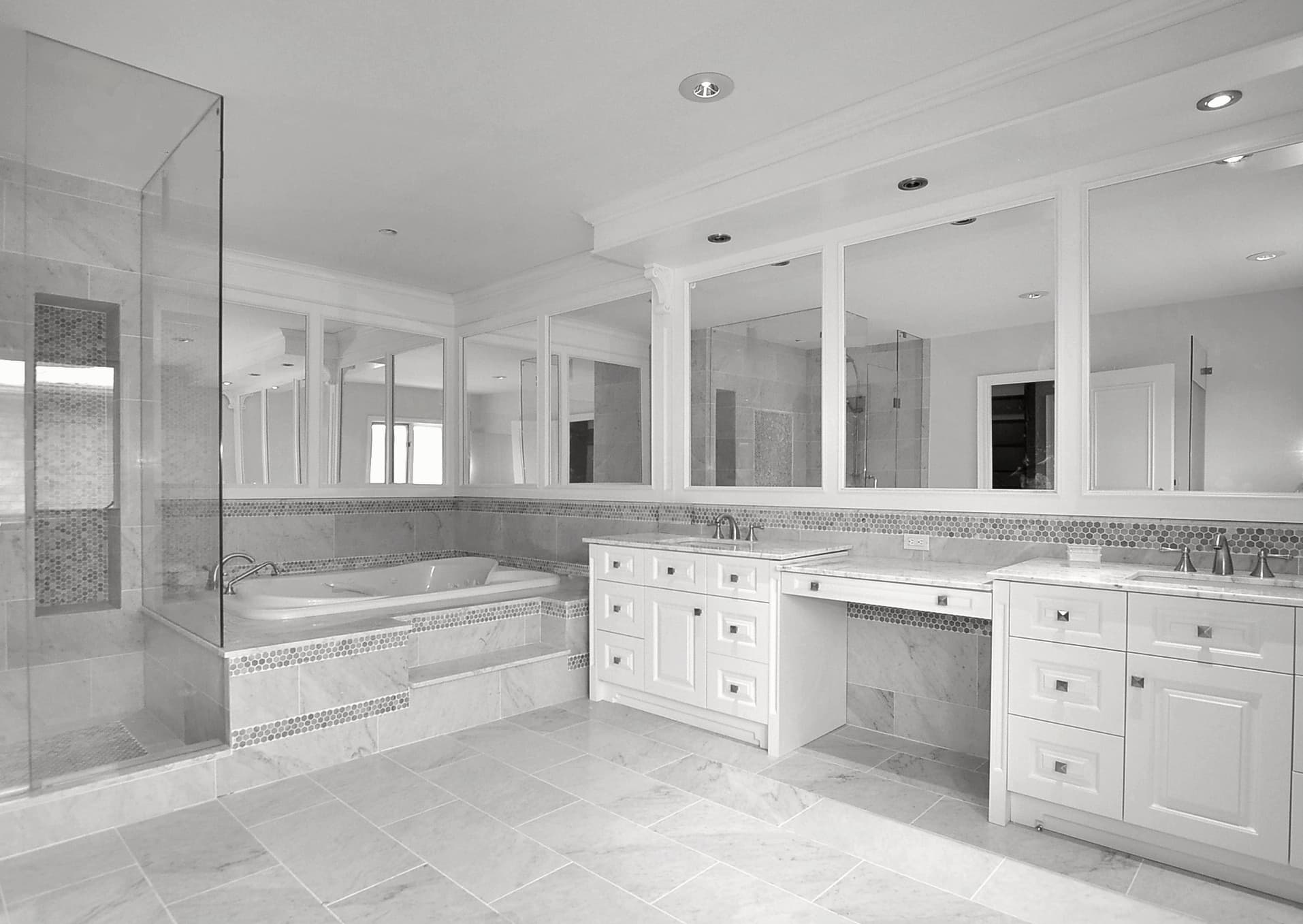Providing homes with potable water (water suitable for drinking) requires significant infrastructure, energy and financial resources. As with energy consumption, water use can be curbed in part by installing efficient devices such as low-flow fixtures, aerators and dual-flush toilets.
That said, the complexity of water systems presents a key challenge to reducing consumption. For example, although we do not need to flush our toilets or water our lawns with potable water, conventional plumbing systems do just this. Truly innovative water systems will promote water conservation not only with efficient fixtures, but also by capturing and using rainwater and/or ‘greywater’ (water that has already been used in other processes such as dishwashing and laundry) for non-potable applications.
At the same time, for health related reasons, it is integral that non-potable water be kept separate from sources for drinking. For this reason, integrating rainwater and greywater is restricted in some jurisdictions.
As with energy consumption, changing our behavior around water can have a truly meaningful impact. Significant reductions can be made for example, by taking shorter showers and storing water in the fridge rather than letting the tap run until it gets cold. Planting native and drought tolerant vegetation, using drip irrigation and watering at night can also help curb consumption.

